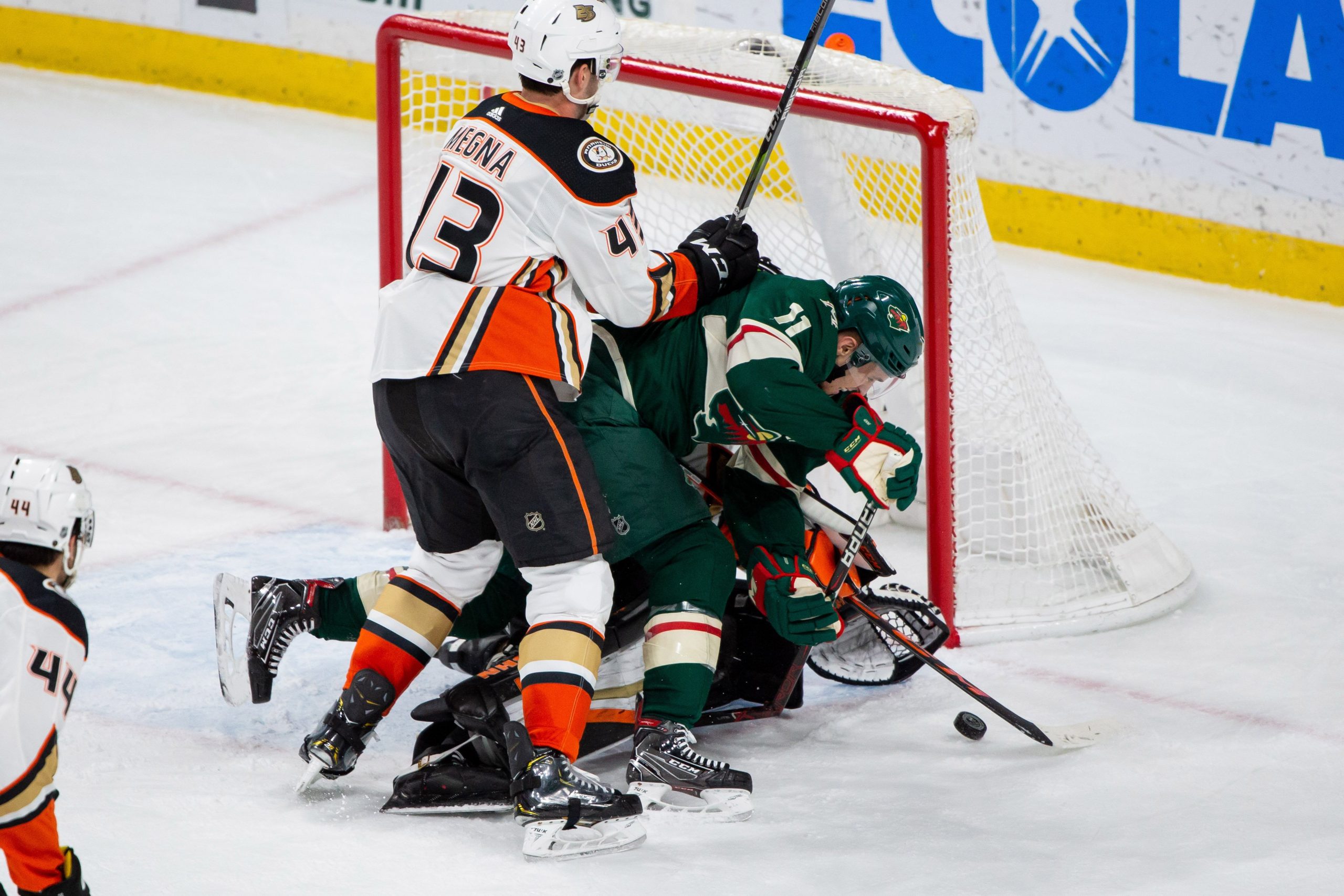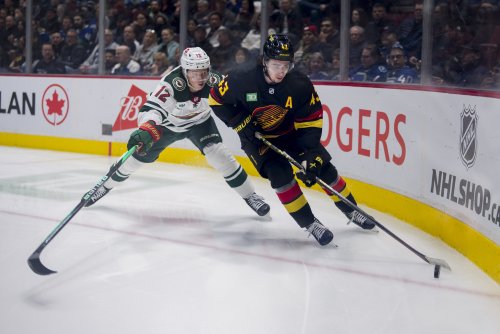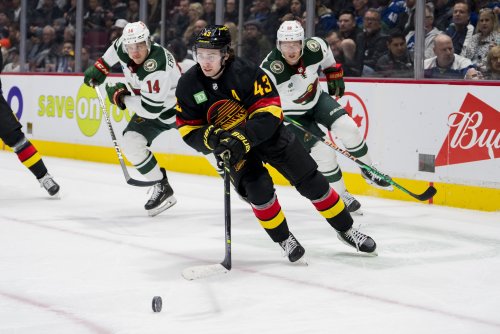
When a team makes a 13-year commitment to a player, the franchise is inherently taking on a huge risk. First, that player must perform and perform consistently throughout the life of that contract. More often, a player ever living up to that kind of contract falls more than short. The other risk incurred is one about injury -- especially to hockey players over 30 years of age.
Very few have questioned Zach Parise’s desire on the ice. His tenacity is one of his most defining traits as a hockey player. For the Wild to get a sniff at the postseason, it’s far too obvious to say that Parise must have a big year. More importantly, for him to achieve that big year, he’ll need to be on the ice and healthy.
Over the last three seasons, Parise has missed significant time with myriad maladies.
In 2016-17, Parise was diagnosed with a herniated disc in his back and was forced to miss 13 games and the entire postseason for the Wild. He tried to rehab over the summer, only to miss the first eight weeks of the regular season after undergoing a microdiscectomy when back pain caused numbness in his lower body in the following season. But even after coming back from that surgery, Parise then suffered a fractured sternum after a collision in Game 4 of the playoff series against the Winnipeg Jets. Lastly, while healthy most of last season, No. 11 ended up missing the final eight games with a broken foot.
One may not go as far as to say he is “injury prone,” but the injuries have mounted.
A number of these injuries have come via flukes. A broken foot from blocking a shot can happen to anyone around the net. That's where goals are scored, and Zach makes his living by posting up in the slot. Naturally, pucks are going to hit him.
The back injuries were more of an extension of one injury. Battling in the trenches lead to taking checks to the back by lumbering NHL defensemen who try to stop him, but usually have to take extra liberties to do so. As for the broken sternum, it looked to have been from taking two body checks simultaneously, causing stress compression on the breast bone.
At any age, let alone 35 years old, it’s extremely hard to be effective when you’re in the infirmary.
Now as the Wild look to ramp up for the regular season opener with the final two preseason games yet to play, Parise finally getting -- and staying -- healthy may be the key to the Wild’s season being a success. It may be a cliche, but as the Wild’s best player, he’ll have to be the Wild’s best player this season.
Just last season, Parise was second -- behind only Jared Spurgeon -- in goals above replacement according to Evolving Hockey on the Wild. It was a mostly healthy season for him until the broken foot hampered his play in the last month of an already lost season for the team. Goals above replacement, or GAR, is an aggregate statistic much like WAR in baseball. It tries to valuate a player’s overall impact on the ice over the average NHL skater. Parise’s mark of 10.5 GAR in ranked higher than Alex Ovechkin, Mark Scheifele and Gabriel Landeskog.
| Seasons | GAR | Team Rank |
| 2016-2019 | 18.9 | 11th |
| 2012-2015 | 28.3 | 1st |
The injuries have limited Parise's effectiveness. When you compare the most recent three seasons, Parise's GAR sits at 18.9, and smack dab in the middle of the pack on the Wild. Compare that with his first three seasons in Minnesota, and Parise sits atop the team rankings with a strong 28.3 GAR.
Funny note: The lockout shortened season of 2013 when the NHL played a 48-game schedule was also first and only time Parise played the full slate of games in a season.
One quantifiable aspect of Parise's game has to do with the number of shots he takes. Zach is a volume shooter, with year after year posting close to, or over 200 shots per season. That's not counting the season where he only played 42 games because of back surgery. He provides a sizable share of the Wild's offense simply by putting the puck on net.
| Season | Wild | League Avg | Parise | Parise% S |
| 2018-19 | 2567 | 2567 | 229 | 8.9 |
| 2017-18 | 2476 | 2620 | 119 | 4.8 |
| 2016-17 | 2527 | 2478 | 194 | 7.7 |
| 2015-16 | 2374 | 2438 | 234 | 9.9 |
| 2014-15 | 2522 | 2453 | 259 | 10.3 |
| 2013-14 | 2180 | 2463 | 245 | 11.2 |
Shots help create offense, and that's probably the best thing that Parise can bring to this Wild team. It's a team that no longer has Nino Niederreiter to drive puck possession. It's a team that no longer has Charlie Coyle to win battles along the wall. It's a team where many of the league veteran players are over 30 years old, and lots of question marks on the 20-somethings. It's a team that needs to get the puck on net as simply and as often as it can. By being a forward the shoots the puck, it's the one thing that Parise can provide as he approaches 40 years old.
However, to see the benefit of Parise, Minnesota will first have to see him on the ice.
Think you could write a story like this? Hockey Wilderness wants you to develop your voice, find an audience, and we'll pay you to do it. Just fill out this form.








Recommended Comments
There are no comments to display.
Join the conversation
You can post now and register later. If you have an account, sign in now to post with your account.
Note: Your post will require moderator approval before it will be visible.